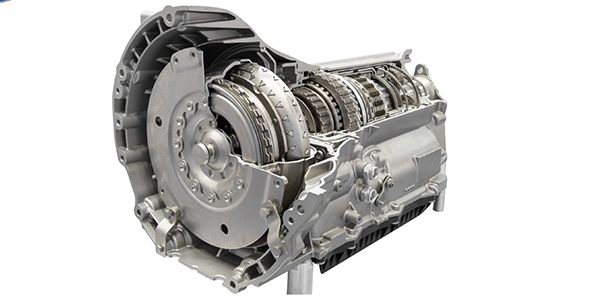Nothing is worse than an EVAP code after a fuel pump has been replaced. Discovering that the tank needs to be dropped again to address a problem can kill productivity and profitability. Here are three tips can help you avoid comebacks and having to drop the fuel tank for a second time.
FIRST…Check the Entire EVAP System Before and After the Repair. Before you replace the pump, check for EVAP codes that are active, historical or pending. Just like TPMS, test before you touch. After the pump is replaced, it takes at least one drive cycle for most vehicles to set an EVAP code for a small leak. A leak due to disturbing the lines may not set a code during the initial test drive. The code may come on after the vehicle has been sitting for a while or a certain temperature has been reached. Some vehicles allow the integrity to be checked with a scan tool using bi-directional tests.
SECOND…Check the Filler Neck. Some fuel filler necks can be prone to corrosion. Over time, corrosive de-icers and road debris can destroy the protective coating on the pipes. Aftermarket fuel filler necks are available for popular models that have corrosion problems. If a filler neck is corroded, it is also a safety issue.
On systems that do not require a fuel cap to seal the system, inspect the gasket on the fuel filler door. Often, dirt and leaf debris can find their way into the area between the door and body.
THIRD…Check the Lock Rings and Tabs. The plastics used to make fuel pump lock rings and assemblies can become brittle over time. Any pounding or application of force can cause the assembly to leak. Also, if a metal lock ring has been removed multiple times, the metal can fatigue and distort. In some cases, this type of damage can cause an EVAP leak if not addressed during installation and removal. Some tanks, pumps and lock rings require special tools for removal and installation. These tools can prevent damage that can be caused using a screwdriver and hammer.
There you have it. Three tips to help you make sure the integrity of the evaporative emissions system is intact before you give the car or truck back to customer.
This video is sponsored by Carter Fuel Systems.













